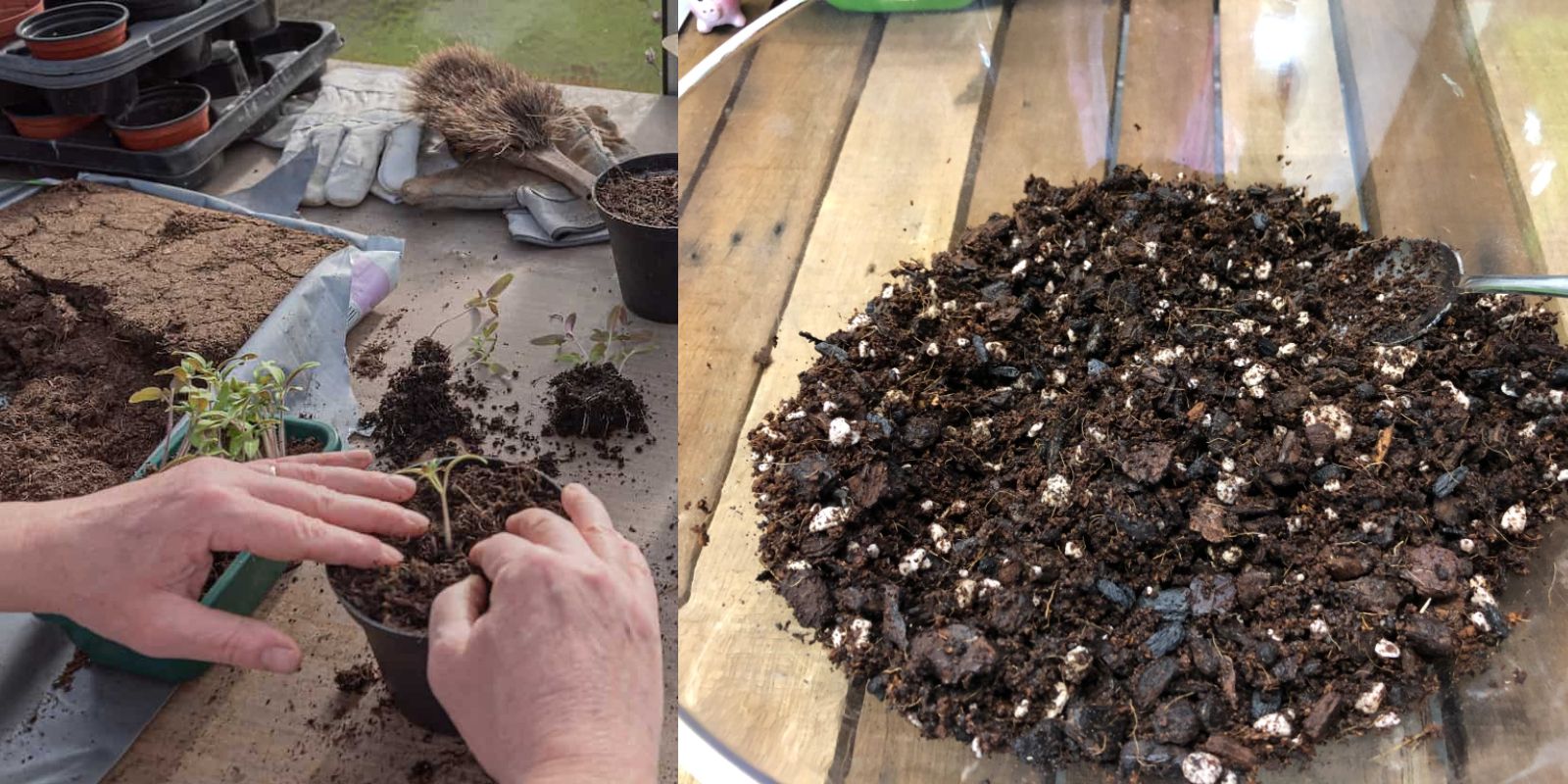Introduction
Growing vegetables in containers is an increasingly popular practice for gardeners of all levels. Whether you’re working with a tiny balcony, a small patio, or just want to maximize garden space, container gardening offers a fantastic solution. However, the success of your vegetable garden heavily relies on the quality of the potting soil you choose. The right potting soil ensures proper drainage, nutrient availability, and root development, all of which are crucial for thriving vegetable plants. This guide will walk you through everything you need to know about selecting the best potting soil for your vegetables, ensuring a bountiful harvest.
1. Understanding Potting Soil Basics
Potting soil, also known as potting mix, differs significantly from garden soil. Unlike garden soil, which can be too heavy or compacted for containers, potting soil is specially formulated to provide the ideal conditions for container-grown plants. It generally includes a mix of organic materials, such as peat moss, compost, and perlite or vermiculite, which help with aeration and moisture retention.
2. Why Organic Soil Matters
Organic potting soil is a top choice for vegetable gardening. Organic soils are free from synthetic chemicals and provide a richer, more natural nutrient profile. They often include compost or well-rotted manure, which enhances soil fertility and promotes healthy plant growth. Organic potting soil supports a balanced ecosystem in the container, fostering beneficial microbes and earthworms that contribute to plant health.
3. Importance of Good Drainage
One of the critical factors in selecting potting soil for vegetables is ensuring proper drainage. Container-grown vegetables are susceptible to root rot if their soil becomes waterlogged. To avoid this, look for potting soils that include drainage-enhancing materials like perlite, coarse sand, or pumice. These components create air pockets in the soil, allowing excess water to drain away and preventing waterlogging.
4. The Ideal Soil Texture: Loamy vs. Sandy
For container gardening, a loamy soil texture is typically preferred. Loamy soil is a balanced mix of sand, silt, and clay, providing good drainage while retaining adequate moisture. However, in containers, a slightly lighter mix is often beneficial. A blend of loamy soil with added perlite or vermiculite can create the ideal texture for container-grown vegetables, ensuring both good drainage and moisture retention.
5. The Role of Compost
Adding compost to your potting soil is an excellent way to enhance its nutrient content. Compost is rich in essential nutrients, such as nitrogen, phosphorus, and potassium, which are vital for vegetable plant growth. It also improves soil structure, enhances moisture retention, and promotes beneficial microbial activity. When choosing potting soil, look for blends that contain compost or plan to mix compost into your soil yourself.
6. pH Balance: Why It Matters
The pH level of your potting soil affects nutrient availability and plant health. Most vegetables thrive in slightly acidic to neutral soil, with a pH range of 6.0 to 7.0. Before purchasing potting soil, check the pH level and make sure it falls within this range. Some potting soils are pre-adjusted for pH, but you can also test and amend the soil if needed using lime (to raise pH) or sulfur (to lower pH).
7. Avoiding Heavy Garden Soil
While garden soil might seem like a cost-effective option, it’s generally not suitable for container gardening. Heavy garden soil can compact easily in containers, restricting root growth and limiting aeration. It may also contain weed seeds or pathogens that could harm your plants. Instead, opt for specially formulated potting soils designed for containers, which provide the right balance of drainage, aeration, and nutrients.
8. Moisture-Retentive Ingredients
Potting soil with moisture-retentive ingredients helps maintain consistent moisture levels, which is crucial for container-grown vegetables. Ingredients like coconut coir, peat moss, or compost help retain moisture while preventing the soil from becoming too soggy. A well-balanced potting soil mix ensures that your vegetables have access to adequate moisture without the risk of root rot.
9. Enhancing Soil with Worm Castings
Worm castings are a natural fertilizer that can improve soil structure and fertility. They are rich in essential nutrients and help boost plant growth. Adding worm castings to your potting soil mix can enhance its nutrient profile and support healthier, more productive vegetable plants.
10. Customizing Your Potting Mix
Depending on your specific vegetable varieties and growing conditions, you might need to customize your potting mix. For instance, certain vegetables may require more or less drainage, moisture retention, or nutrient levels. Feel free to experiment with different combinations of organic materials, such as compost, perlite, and coconut coir, to create the ideal mix for your vegetable garden.
11. Replacing Potting Soil Annually
Potting soil can break down and lose its effectiveness over time. To maintain optimal growing conditions, it’s a good practice to replace or refresh your potting soil at least once a year. Remove and replace the old soil with fresh potting mix, or amend it with new compost and other soil amendments to rejuvenate its nutrient content.
12. Practical Tips for Using Potting Soil
- Ensure Proper Container Size: Choose containers with adequate drainage holes to prevent waterlogging.
- Pre-moisten the Soil: Before planting, moisten the potting soil to improve its texture and make planting easier.
- Monitor Moisture Levels: Regularly check soil moisture and adjust watering practices based on your vegetables’ needs.
- Avoid Over-Fertilizing: Over-fertilizing can lead to nutrient imbalances. Follow recommended fertilization guidelines for your specific vegetable plants.
Conclusion
Choosing the best potting soil for vegetables is crucial for successful container gardening. By selecting organic, well-draining, and nutrient-rich soil, you can provide your vegetable plants with the ideal growing conditions they need to thrive. Whether you’re a seasoned gardener or new to container gardening, understanding and selecting the right potting soil will help you achieve a bountiful harvest of fresh, delicious vegetables.
Engage with Us! What potting soil tips have worked for you? Share your thoughts and experiences in the comments below!
Hashtags: #ContainerGardening #VegetableGarden #OrganicSoil #GardeningTips #PottingSoil #UrbanGardening #GreenThumb #GrowYourOwnFood

